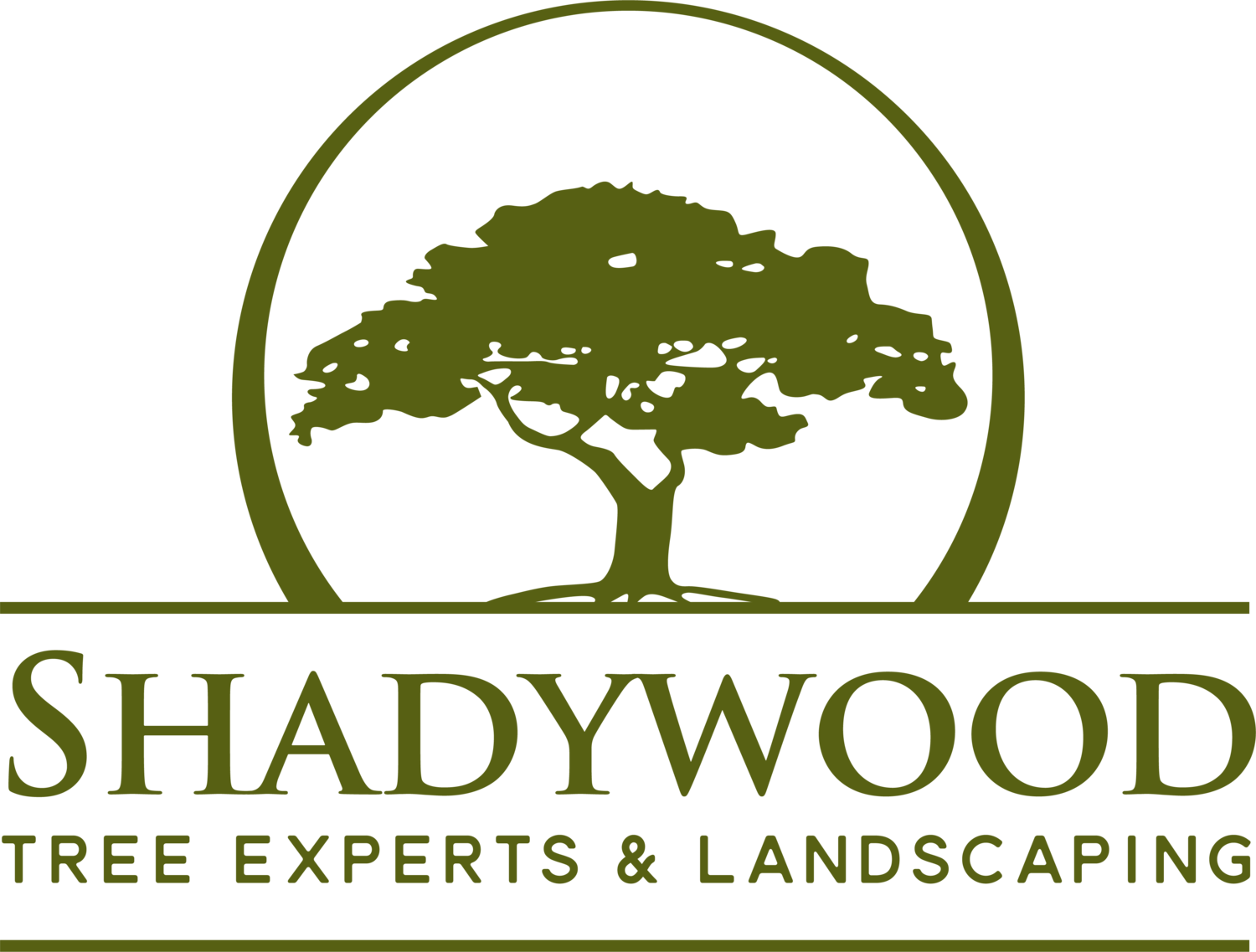Bur Oak Blight - Bur Oak Trees and White Oak Trees
Early disease development in bur oak leaves
Bur oak blight (BOB) is a native fungal leaf disease that affects certain native varieties of bur oaks, and to a lesser extent swamp white oaks. Not all bur oak trees are susceptible, due to genetic differences in bur oak species. Though not directly life threatening, BOB can weaken oak trees over time and make them susceptible to more serious problems such as Two-Lined Chestnut Borer and Armillaria Root Rot.
Extended periods of damp, wet weather in early May create conditions that cause the BOB fungus to infect newly forming oak leaves. Symptoms begin as browning and dropping leaves in July and August in the lower third of the canopy and progressing to the upper canopy as the disease progresses over the years. A telltale symptom of BOB are leaves remaining on the tree throughout the winter rather than dropping off like normal shade trees. Fungal spores are produced on the dead leaves as well as on affected branches and twigs, allowing for continual disease spread throughout the year.
Infected leaves remain attached to tree all winter to infect new leaves the following spring.
Management of BOB is centered on keeping the tree as healthy as possible. Watering and fertilizing are key maintenance procedures that are critical for long term survival. Other treatments worth considering include insect control to prevent and control two-lined chestnut borers. For moderately affected and high value trees, fungicide trunk injections can reduce leaf browning and loss. Plant growth regulator application to reduce growth may allow trees to conserve more energy needed to leaf out each spring.
Here’s what we can do
Shadywood Tree Experts can help maintain your Bur oak trees with the use of fungicide trunk injections, annual fertilization and if needed, insecticide and growth regulator applications. When you sign up for plant health care from Shadywood, we administer the recommended protocols for disease prevention control to keep your trees healthy. With each visit, our arborists assess trees for overall health.
Additional things you can do to maintain the health of your tree
Water trees regularly using a lawn sprinkler for at least an hour (soaking) once every one to two weeks to minimize moisture stress. Mulch root systems when possible, using natural wood chips to protect the trunk, condition and improve the soil, and to conserve soil moisture. If you see anything that doesn’t look right, have your trees inspected by one of Shadywood Tree Experts International Society of Arboriculture Certified Arborists.


